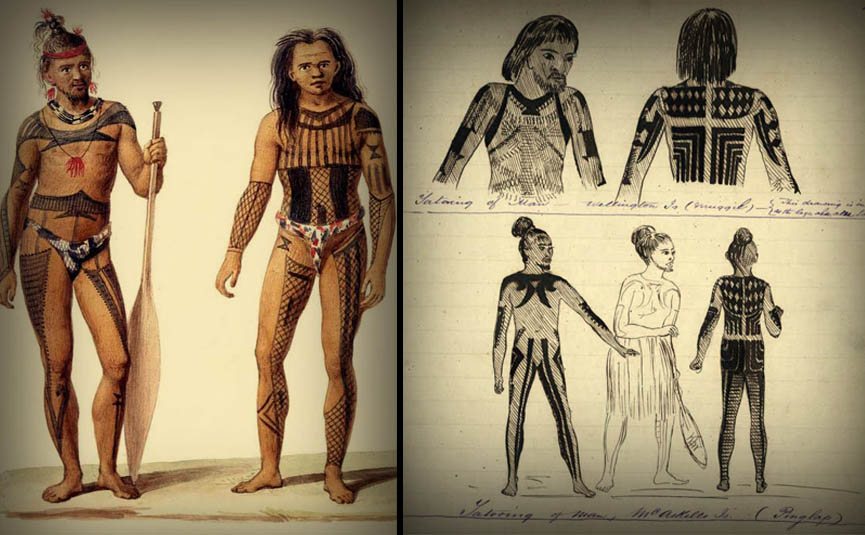Running, like any other sport, requires both mental and physical preparation to achieve optimal performance. However, besides training and mindset, the right running gear such as shoes, can greatly influence your comfort, safety, and overall running experience.
There are many different styles and sizes of running shoes, but that doesn’t mean each one is right for you. It’s crucial to pick out a shoe that aligns with your running style and the surface you run on, ranging from roads to trails to tracks.
Types of Running Shoes for Various Terrains

Track Running Shoes
Track running takes place on a specially designed track, typically constructed from synthetic materials like rubber or polyurethane. This type of activity requires special types of shoes, primarily to enhance performance and safety on the unique surface of a track. Track shoes are extremely lightweight to minimise drag and maximize speed. The reduced weight helps runners boost overall performance and helps them reach faster times.
Also, track shoes typically have minimal cushioning. This design choice is intended to provide a more direct connection to the track surface, enhancing speed and responsiveness. The combination of lightweight materials and minimal cushioning helps runners achieve maximum speed. Although lightweight, track & field shoes are designed to endure the high-impact forces of track running. They’re usually made from durable materials that can withstand the wear and tear of track surfaces.
You also want to look for track & field shoes equipped with metal spikes on the outsole. The metal spikes dig into the track surface to provide enhanced traction and stability, which helps prevent slipping and allows for faster starts and sprints.
Spikes are usually longer and more aggressive in sprint events to maximise traction during brief acceleration spurts, while in long-distance events, spikes may be shorter and less aggressive, balancing grip with comfort and endurance.
Road Running Shoes
Road running takes place on paved roads, sidewalks, and urban paths. Compared to trails or grass, these surfaces are much harder resulting in higher impact forces with each step. To help protect your joints against the impact of these harder surfaces, road running shoes should have ample cushioning. They’re usually equipped with a well-padded collar, tongue, and insole. This helps reduce friction and pressure points.
Another important feature to look out for is arch support and stability. A thoughtfully designed road running footwear should offer the right level of support for your foot arch type, whether it’s neutral, low, or high arch.
Safety features are also important when it comes to choosing the right pair. Reflective details or bright colours can increase visibility in low-light conditions, such as early morning or evening runs, enhancing safety on the road. Some models even come in bright, highly visible colours or materials that glow in the dark.
During long-distance road running your feet can generate a significant amount of heat and moisture. Breathable road running shoes with mesh uppers allow for better air circulation, keeping your feet cool and dry throughout the activity. This not only enhances comfort but also helps prevent blisters and irritation.
Cross-Country Running Shoes

Cross-country running takes place on uneven, natural terrain that can involve mud, grass, hills, woodlands or water. To cover these often challenging terrains, you’ll need a proper pair of cross-country running shoes. These shoes usually have metal spikes on the outsole to provide the necessary grip, on soft, muddy, or grassy surfaces.
Depending on the terrain and circumstances, you can change the length and number of spikes. Metal spikes, usually ranging from 6mm to 12mm in length.
Also, the unpredictable nature of cross-country running terrains combined with the often challenging weather conditions, makes water resistance an important feature. On that note, many models are made with water-resistant materials to keep feet dry in wet conditions. Additionally, quick-drying materials help the shoes dry out quickly if they get wet.
Furthermore, cross-country running shoes often need to be reinforced to provide durability, protection, and stability on varied terrains. During runs, the toe, heel, and sides of the shoe are most vulnerable to injury. However, reinforcements around the shoe can also protect your feet from different hazards, reducing the risk of bruises, cuts, or broken toes.
Minimalist Running Shoes
These shoes are designed to provide a more natural running experience, while still offering some level of protection. compared to traditional running shoes they have very little cushioning and thin soils that provide less shock absorption but allow for a greater ground feel.
Because the foot must work harder to stabilise and push the body when running in minimalist shoes, the muscles, tendons, and ligaments in the feet and lower legs can be strengthened. However, running in these shoes may cause pain or soreness as your feet and lower legs adapt to the higher muscle demands.















